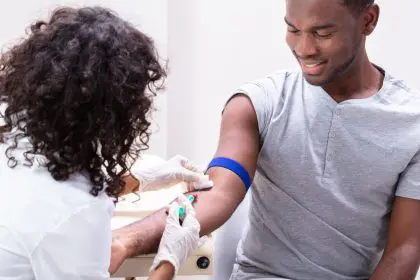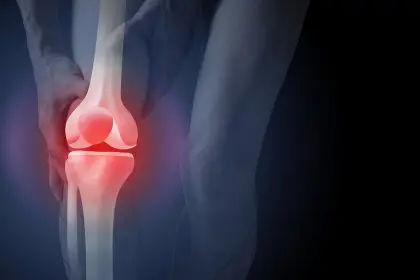A startling new report from JAMA Open Network reveals that more than one-third of women between ages 18 and 50 are battling iron deficiency, often without realizing it. This essential mineral, crucial for everything from energy levels to brain function, has become a major health concern particularly affecting women during their reproductive years.
Understanding iron’s vital role
Iron serves as a fundamental building block for healthy blood cells, playing an irreplaceable role in transporting oxygen throughout the body. Dr. Imo J. Akpan, a leading hematologist, explains that this mineral’s importance extends far beyond simple energy levels, affecting everything from cognitive function to muscle performance.
Why women face greater risks
Female biology creates unique challenges when it comes to maintaining healthy iron levels. Monthly menstrual cycles result in regular iron loss, while pregnancy dramatically increases iron demands to support fetal development. These natural processes make women particularly vulnerable to deficiency without proper attention to iron intake.
Recognizing subtle warning signs
Iron deficiency often manifests through unexpected symptoms that many women might dismiss as normal fatigue or stress. Unusual cravings for ice or other non-food items, known medically as pica, can signal a serious deficiency. Additionally, unexplained hair loss, persistent fatigue, and mood changes might indicate dropping iron levels.
The energy connection
Perhaps the most common impact of iron deficiency appears in energy levels. When iron stores run low, the body struggles to transport oxygen effectively, leading to persistent fatigue that doesn’t improve with rest. This fatigue can affect everything from daily activities to exercise performance.
Mental health implications
The relationship between iron levels and mental health often goes unrecognized. Research shows that iron deficiency can contribute to mood swings, irritability, and difficulty concentrating. These mental health effects can significantly impact both personal and professional life.
Physical manifestations
Beyond fatigue, iron deficiency can cause various physical symptoms. Shortness of breath, especially during physical activity, may indicate that the body isn’t getting enough oxygen. Dizziness, chest discomfort, and restless leg syndrome might also signal low iron levels.
The diagnosis process
Healthcare providers typically begin investigating iron deficiency through comprehensive blood testing. Ferritin levels serve as a key indicator, with readings below 30 nanograms per milliliter suggesting deficiency. These tests help determine not only current iron levels but also the body’s iron storage capacity.
Understanding absorption challenges
Certain medical conditions can complicate iron absorption, even when dietary intake seems adequate. Digestive disorders like Crohn’s disease or celiac disease may interfere with proper iron absorption, requiring specialized attention and treatment approaches.
Dietary solutions
Improving iron levels often begins with dietary changes. Rich sources of iron include lean meats, fish, and poultry, as well as plant-based options like lentils, spinach, and fortified cereals. However, proper food combinations prove crucial for optimal absorption.
The vitamin C connection
Pairing iron-rich foods with vitamin C sources can significantly enhance absorption. Adding citrus fruits, bell peppers, or strawberries to iron-rich meals helps the body utilize iron more effectively. This strategic pairing can maximize the benefits of dietary iron.
Common absorption inhibitors
Certain everyday beverages and foods can interfere with iron absorption. Coffee, tea, and dairy products might reduce iron absorption when consumed alongside iron-rich foods. Understanding these interactions helps optimize iron intake through proper meal timing.
Supplement considerations
When dietary changes alone prove insufficient, iron supplements might become necessary. However, choosing the right supplement and proper timing matters significantly. Healthcare providers can recommend appropriate options based on individual needs and absorption patterns.
Advanced treatment options
Some women may require more intensive treatments, such as iron infusions, particularly when oral supplements prove ineffective or quick replenishment becomes necessary. These medical interventions provide direct iron delivery into the bloodstream.
Prevention strategies
Maintaining healthy iron levels requires ongoing attention to diet and lifestyle factors. Regular monitoring, especially during periods of increased iron needs like pregnancy or heavy menstrual cycles, helps prevent deficiency before it develops.
The role of exercise
Physical activity impacts iron requirements and absorption. Athletes and regularly active women may need additional iron to support increased demands on their bodies. Understanding this relationship helps maintain appropriate iron levels during training periods.
Long-term health implications
Chronic iron deficiency can lead to various health complications if left unaddressed. From reduced immune function to decreased work performance, the impacts can affect multiple aspects of life. Recognizing and addressing deficiency early helps prevent these long-term effects.

















